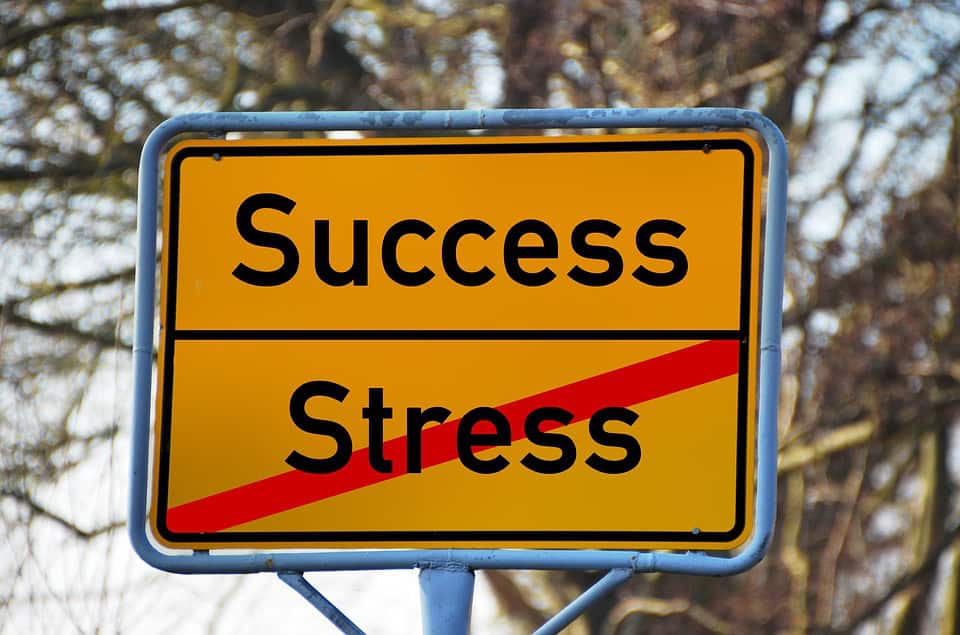By Heather Lynch, MA, LPC, ACS
Work-life balance, is there such a thing?
The short answer is yes.
For many people, however, it can be difficult to achieve and maintain, especially as the lines between work and home have become increasingly blurred over the past few years.
Left unmanaged, constant work stress can lead to people feeling out of control, anxious, and depressed and ultimately result in burnout.
Fortunately, there are ways to prioritize balance and stress relief so that you can be present both at work and in your personal life, manage your mood and protect your mental — and physical — health.
Burnout and Stress at All-Time Highs
According to a poll released last year by the American Psychological Association, burnout and stress are at all-time highs across all professions.
Nearly three in five employees surveyed reported negative impacts of work-related stress, including lack of interest, motivation, and lack of effort at work.
In addition, 36% reported cognitive weariness, 32% reported emotional exhaustion, and 44% reported physical fatigue.
These statistics highlight the importance of work-life balance and its impact on overall happiness and well-being.
Red Flags
Chronic stress, the kind that leads to burnout, can cause a variety of mental and physical symptoms, including:
- Irritability.
- Anger.
- Fatigue.
- Trouble sleeping.
- Difficulty concentrating.
- Lack of energy.
- Muscle pains.
- Digestive issues.
- Using food, drugs, or alcohol to cope.
Pay attention to these warning signs, which could be red flags indicating you need to adjust your work-life balance.
Tips for Achieving Work-Life Balance
While today’s workplace may seem more demanding than ever, there are steps you can take to achieve a healthy work-life balance.
- Set boundaries. Setting boundaries is one of the first steps toward achieving a work-life balance. This means being clear about when you’re available for work and when you’re not. It also means learning to say “no” when necessary and being willing to delegate tasks to others.
- Prioritize. Another key to achieving work-life balance is learning to prioritize. Focusing on the most important tasks and letting go of less important ones can help ensure you’re accomplishing what’s necessary at work, while also making space for personal time.
- Find snippets of time to recharge. An eight-hour workday shouldn’t mean eight straight hours. Even if you have just 10 minutes between meetings, try to fully disengage by getting a snack or going outside without thinking about what’s next. Your brain needs that time to feel replenished.
- Create a process to disengage. If you work outside the home, use the return commute for your mind to move through anything important. When your feet hit the driveway, that’s a cue to say, “I’m done.” If you work at home, take time at your desk at the end of the day for this clearing process. Making a list of priorities for the next day will help you leave them behind until then.
- Let down time be just that. Power down the phone when you can. Let colleagues know when you’re taking time off – and if possible, that you won’t be responding to emails. Set this tone by not expecting others to respond to emails when they’re out of the office.
- Connect with different types of friends. Sometimes deep discussions with introspective friends are helpful, and sometimes you may just need to go out to dinner with someone fun. Be mindful of your level of depletion and plan outings accordingly.
- Practice mindfulness. Paying attention to the present moment and purposefully focusing on the “here and now” without judgment has been proven to reduce stress, improve focus and boost memory. Mindfulness resources, including apps, videos, and guided mediations, can be useful tools to help build and strengthen your ability to be mindful.
- Know your warning signs. Watch for signs that you’re headed for burnout and be willing to hear it from others when you don’t recognize it yourself. Create a self-care toolkit that works for you. This could include deep breathing, progressive muscle relaxation, massage, a cup of tea, or taking a walk outside.
- Seek help. If you continue to experience symptoms of chronic stress, it might be time seek help from a licensed mental health professional, who can assist you in developing tools and strategies to better cope with stress and create a more balanced life.
At Penn Medicine Princeton House Behavioral Health, evidence-based treatment programs help adults dealing with chronic stress, burnout, and associated behavioral health issues such as depression and anxiety. Princeton House outpatient programs are intensive — ranging from nine to 30 hours per week — are group-based, and available in person or via telehealth.
For more information about Penn Medicine Princeton House Behavioral Health, call (888) 437-1610 or visit www.princetonhouse.org.
Heather Lynch, MA, LPC, ACS, is a licensed professional counselor and clinical manager of Adult Programs at Penn Medicine Princeton House Behavioral Health in North Brunswick.

